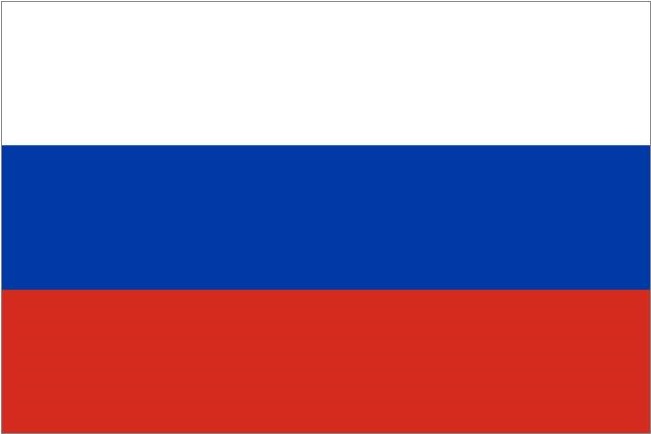Russia

Russian Federation, generally known as Russia, is a federal republic constitutional constitution composed of 22 autonomous republics, 46 states, 9 frontier regions, 4 autonomous regions, an autonomous prefecture and 3 federal municipalities. Its national flag is a three-color one in white, blue and red. The main body of the national emblem is a double-headed eagle. Russia is located in the north part of Eurasian continent and crosses Europe and Asia with a land area of 1,707.54 million square kilometers, and is the world's largest country.
The ancestors of the Russians was the Ross clan of East Slavs. At the end of the 15th century, Grand Duke Ivan III established the Grand Duchy of Moscow. In 1547 Ivan IV, claiming to be the tsar, established tsarist Russia, and in 1721 it was renamed the Russian Empire by Peter I, and since then embarked on the path of aggression and expansion and annexed many countries in Europe and Asia, the territory expansion continued and in October 1917 the Soviet regime was established after the October Revolution. In December 1922, the Union of Soviet Socialist Republic was formally established. During the Cold War Russia became a "superpower" together with the United States.
On December 25, 1991, after the disintegration of the Soviet Union, Russia, the largest member of the Union, became officially independent. It inherited most of the Soviet Union's military strength, with its comprehensive military power ranking second in the world and possessing the largest nuclear arsenal in the world. In the "one super and strong" international system, Russia is an influential power, its military strength, especially in aerospace technology, ranks high in the world. Russia is also one of the five permanent members of the UN Security Council, with one-vote veto power to proposals of the Security Council. In addition, Russia is one of the five BRICS countries.